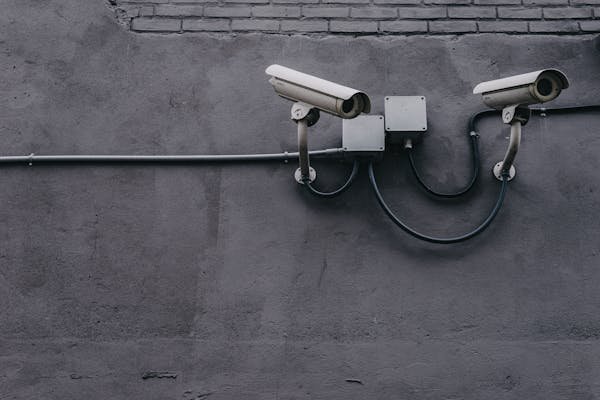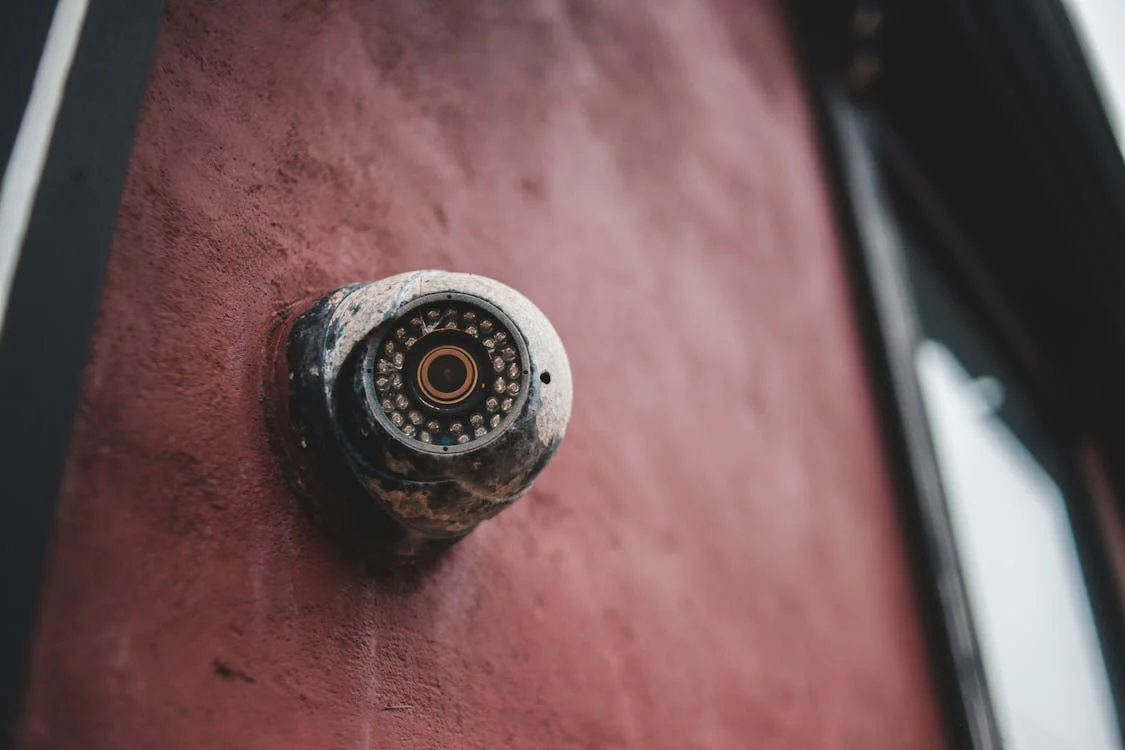Introduction
WiFi security cameras are surveillance devices that connect to the internet via a wireless network. These cameras are used to monitor and record activity within and around a property, providing security and peace of mind to homeowners and businesses.
Importance of Home and Business Security
With increasing concerns about safety and security, WiFi security cameras have become essential for both homes and businesses. They deter crime, provide evidence in case of incidents, and allow remote monitoring from anywhere in the world.
Growth of the WiFi Security Camera Market
The demand for WiFi security cameras has surged in recent years, driven by advancements in technology and growing awareness of security needs. The market is expected to continue expanding as more consumers seek convenient and effective security solutions.
Types and Categories of WiFi Security Cameras
Indoor vs. Outdoor Cameras
- Indoor Cameras: Designed for indoor use, these cameras are typically compact and aesthetically pleasing. They are used to monitor the interior of homes and offices.
- Outdoor Cameras: Built to withstand weather conditions, outdoor cameras are more robust and often come with features like weatherproofing and night vision to monitor the exterior of a property.
Fixed vs. Pan-Tilt-Zoom (PTZ) Cameras
- Fixed Cameras: These cameras have a set field of view and are ideal for monitoring specific areas.
- PTZ Cameras: These cameras can pan, tilt, and zoom to cover larger areas and provide more flexible monitoring options.
Bullet Cameras
Bullet cameras are cylindrical and often used for outdoor surveillance. Their shape allows for long-distance viewing, making them suitable for monitoring large areas like parking lots and backyards.
Dome Cameras
Dome cameras are housed in a dome-shaped casing and are typically used indoors. Their design makes them less obtrusive and harder for potential intruders to determine the direction of the lens.
Wireless vs. Wired Cameras
- Wireless Cameras: Connect to the internet via WiFi, making them easier to install and relocate. However, they depend on a strong wireless signal.
- Wired Cameras: Require physical connections to the internet and power sources, offering more reliable connectivity but more complex installation.
Smart Cameras
Smart cameras integrate with home automation systems and can be controlled via smartphone apps. They often include advanced features like motion detection, facial recognition, and cloud storage.
Technical Specifications

Resolution
- Standard Definition (SD): Offers basic image quality, suitable for general monitoring.
- High Definition (HD): Provides clearer images and is the most common resolution for modern security cameras.
- Full HD and 4K: Offer higher resolution for detailed monitoring, ideal for identifying faces and license plates.
Field of View
The field of view (FOV) determines how much area a camera can cover. A wider FOV is beneficial for monitoring large spaces, while a narrower FOV is suitable for focused areas.
Night Vision
Infrared (IR) technology allows cameras to capture footage in low-light conditions. Night vision capabilities vary, with some cameras offering clear visibility up to 100 feet in complete darkness.
Motion Detection
Motion detection features trigger recording and alerts when movement is detected within the camera’s field of view. Advanced systems can differentiate between humans, animals, and other moving objects.
Audio Capabilities
- One-Way Audio: Allows users to listen to the monitored area.
- Two-Way Audio: Enables communication with people in the camera’s vicinity, useful for talking to visitors or warning intruders.
Storage Options
- Local Storage: Uses SD cards or hard drives to store footage.
- Cloud Storage: Stores footage on remote servers, offering greater accessibility and security but usually at a subscription cost.
Applications of WiFi Security Cameras
Home Security
WiFi security cameras are used in homes to monitor entrances, living spaces, and outdoor areas, providing real-time alerts and remote access for homeowners.
Business Surveillance
Businesses use WiFi security cameras to monitor premises, protect assets, ensure employee safety, and comply with security regulations.
Public Safety
Municipalities and public institutions deploy WiFi security cameras in public spaces to enhance safety, monitor traffic, and deter criminal activity.
Baby and Pet Monitoring
Specialized WiFi security cameras are used to keep an eye on babies and pets, offering features like two-way audio and mobile alerts for caregivers.
Smart Home Integration
WiFi security cameras integrate with smart home systems, allowing users to control cameras alongside other smart devices through a unified platform.
Benefits of WiFi Security Cameras
Enhanced Security
WiFi security cameras provide continuous monitoring, deterring potential intruders and capturing evidence in case of incidents.
Remote Accessibility
Users can access live and recorded footage from anywhere via smartphones, tablets, or computers, offering peace of mind and convenience.
Easy Installation
Wireless technology simplifies the installation process, eliminating the need for extensive wiring and making it easier to set up and relocate cameras.
Cost-Effectiveness
Compared to traditional wired systems, WiFi security cameras are generally more affordable and offer a range of features that provide value for money.
Scalability
WiFi security systems can be easily expanded by adding more cameras, making them suitable for growing homes and businesses.
Challenges and Limitations
Connectivity Issues
WiFi security cameras depend on a strong and stable internet connection. Poor connectivity can lead to lagging footage and missed alerts.
Cybersecurity Risks
Being connected to the internet, WiFi security cameras are vulnerable to hacking and other cyber threats. Ensuring robust security measures is crucial.
Power Dependency
Wireless cameras still require power, often through batteries or power adapters.
Privacy Concerns
The use of surveillance cameras raises privacy issues, especially in shared or public spaces.
Latest Innovations in WiFi Security Cameras

Artificial Intelligence (AI) Integration
AI technology enhances security cameras with features like facial recognition, anomaly detection, and smarter motion detection.
Advanced Analytics
Modern security cameras offer advanced analytics, providing insights like heat maps, people counting, and behavior analysis for improved security management.
Enhanced Image Quality
Developments in camera technology are continuously improving image quality, with newer models offering better resolution, color accuracy, and night vision capabilities.
Battery Technology
Improvements in battery technology are extending the lifespan of wireless security cameras, reducing the frequency of recharges and replacements.
5G Connectivity
The advent of 5G technology promises faster and more reliable connectivity for WiFi security cameras, enhancing their performance and real-time capabilities.
Enhanced Image Quality
Developments in camera technology are continuously improving image quality, with newer models offering better resolution, color accuracy, and night vision capabilities.
Battery Technology
Improvements in battery technology are extending the lifespan of wireless security cameras, reducing the frequency of recharges and replacements.
5G Connectivity
The advent of 5G technology promises faster and more reliable connectivity for WiFi security cameras, enhancing their performance and real-time capabilities.

